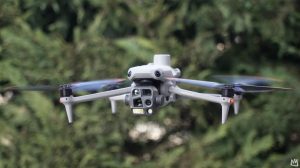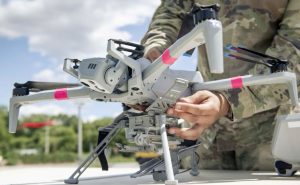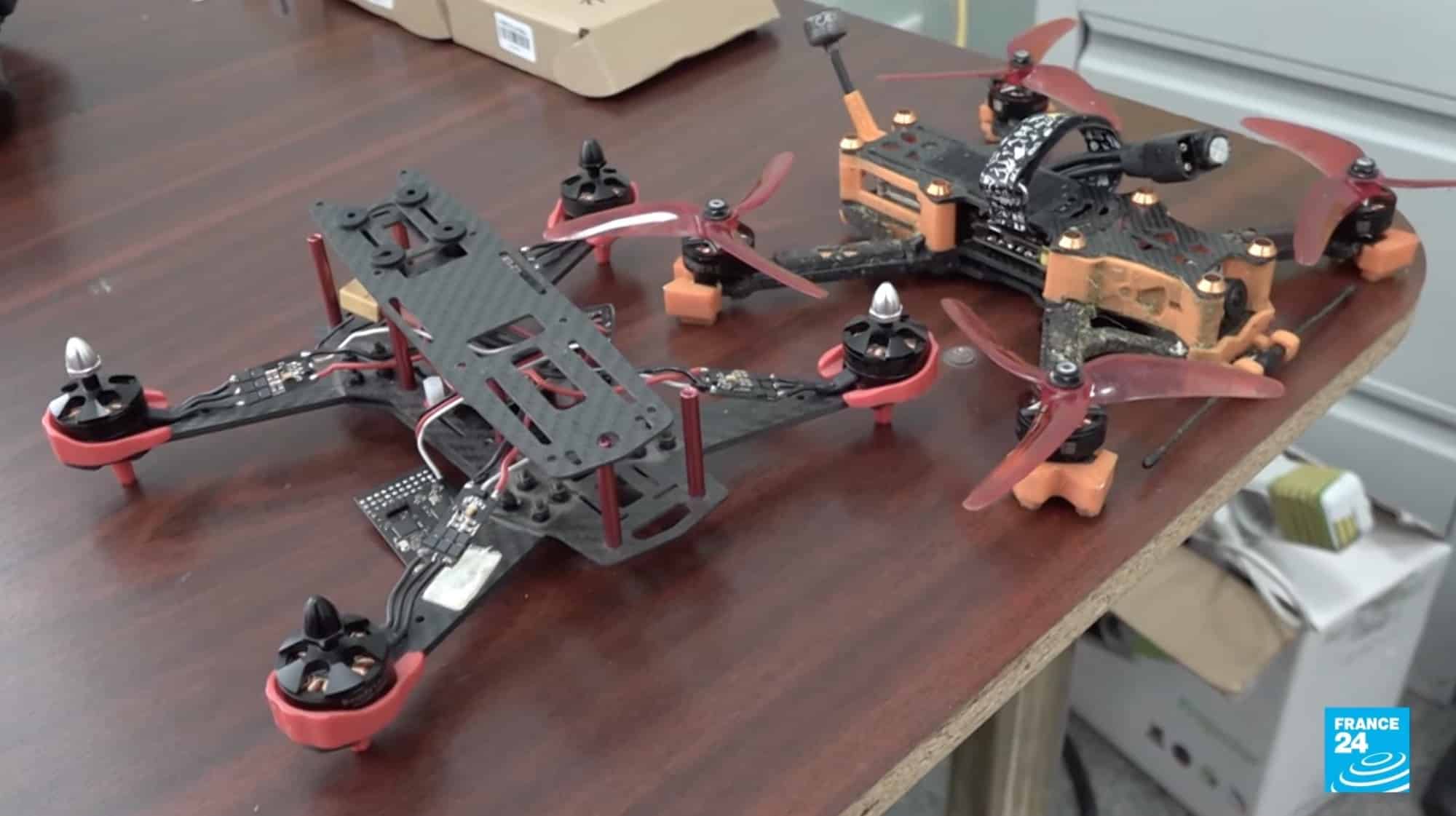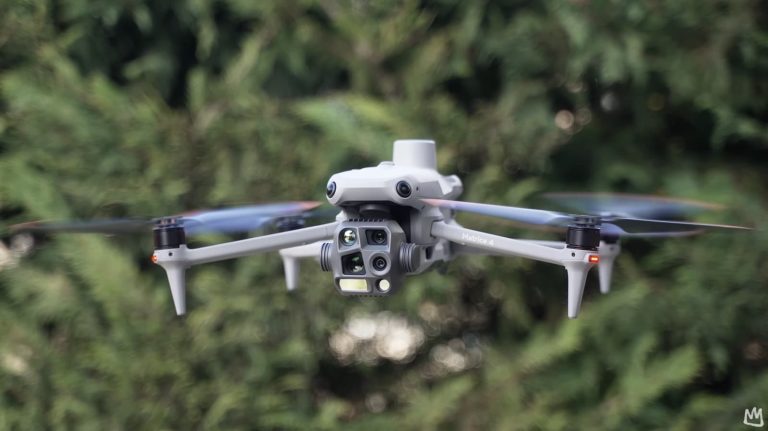Embracing Change in Defense Technology
In a world where technology evolves at an unprecedented pace, the U.S. Department of Defense (DoD) finds itself at a crucial juncture. The need to rapidly integrate emerging technologies like Small Unmanned Aircraft Systems (Small UAS) into military operations has never been more pressing.
Authored by Bethan Saunders, a recent Harvard Kennedy School graduate, the Belfer Center report titled “Lift Off: Scaling Small Unmanned Aircraft Systems and Autonomous Capabilities for the U.S. Department of Defense” sheds light on the significant challenges and proposes critical solutions for the DoD to remain at the forefront of global defense leadership.
Identifying and Overcoming Challenges
The Growing Importance of Small UAS
Small UAS, a linchpin in modern warfare, plays a pivotal role in filling gaps in joint warfighting capabilities. These systems, equipped with advanced autonomous technology, are primarily developed by private sector companies, placing them outside the traditional defense acquisition framework. The complexity of their software-enabled hardware further complicates their integration into the DoD’s existing procurement processes.
Key Challenges Hindering Progress
The report highlights six primary obstacles impeding the effective scaling of Small UAS capabilities:
- Rigid Requirements: The DoD’s stringent specifications for technology development hinder rapid access to advanced Small UAS.
- Cultural Barriers: A risk-averse mentality within the DoD’s acquisition offices favors larger, established programs over innovative smaller ones.
- Misaligned Metrics of Success: Diverse success metrics among key stakeholders lead to a lack of alignment on mission objectives.
- Transition Difficulties: Existing pathways for software and hardware transition do not accommodate the unique nature of Small UAS.
- Budgetary Constraints: The current budgeting process lacks the flexibility needed for scaling emerging technologies like Small UAS.
- Workforce Development Needs: Additional training and exposure are necessary for DoD personnel to effectively utilize flexible scaling authorities.
Policy Recommendations for Effective Scaling
Saunders’ report offers five strategic policy recommendations:
- Establishing a Small UAS Portfolio: Implementing portfolio budgeting focused on Small UAS, considering its operational urgency and cross-domain abilities.
- Expanding Contracting Authorities: Adapting contracting models to suit the evolving nature of Small UAS software.
- Strengthening Domestic Industrial Base: Supporting domestic production to ensure rapid scaling of Small UAS capabilities.
- Enhancing Workforce Development: Building better connectivity and TRUST between traditional and innovative defense entities.
- Prioritizing Rapid User Feedback: Accelerating the feedback loop between end-users and developers to streamline the prototyping phase.
A Call for Proactive Change
The report by Bethan Saunders is a clarion call for the U.S. Defense Department to adopt transformative strategies and reform its acquisition processes. By embracing these changes, the DoD can ensure rapid deployment of Small UAS, thereby maintaining U.S. global leadership in defense technology. Senior DoD leadership, along with stakeholders across the defense innovation ecosystem and Congress, must work collaboratively to usher in this new era of defense capabilities, where speed, innovation, and adaptability are paramount.
Download the entire report here.





















+ There are no comments
Add yours